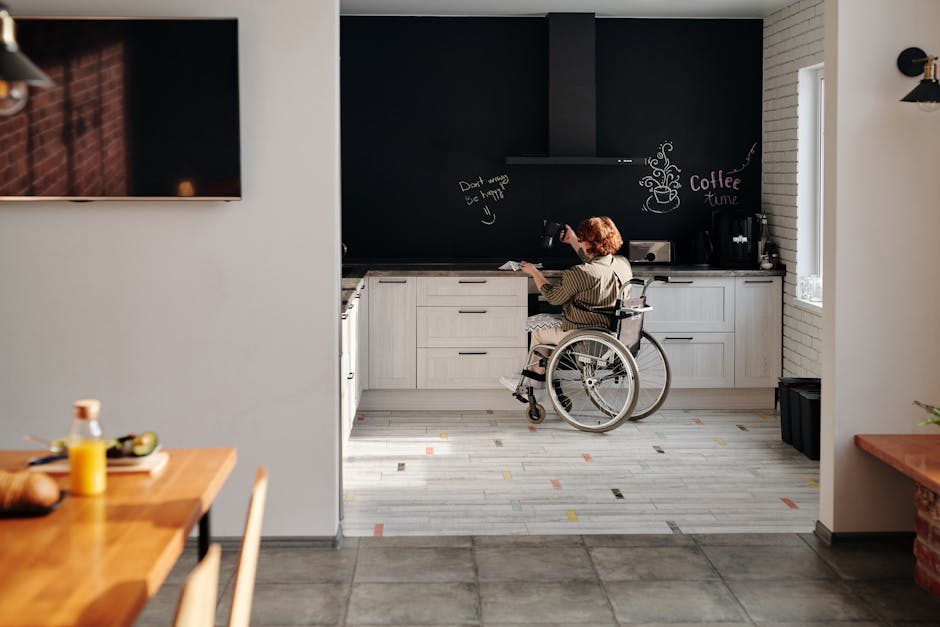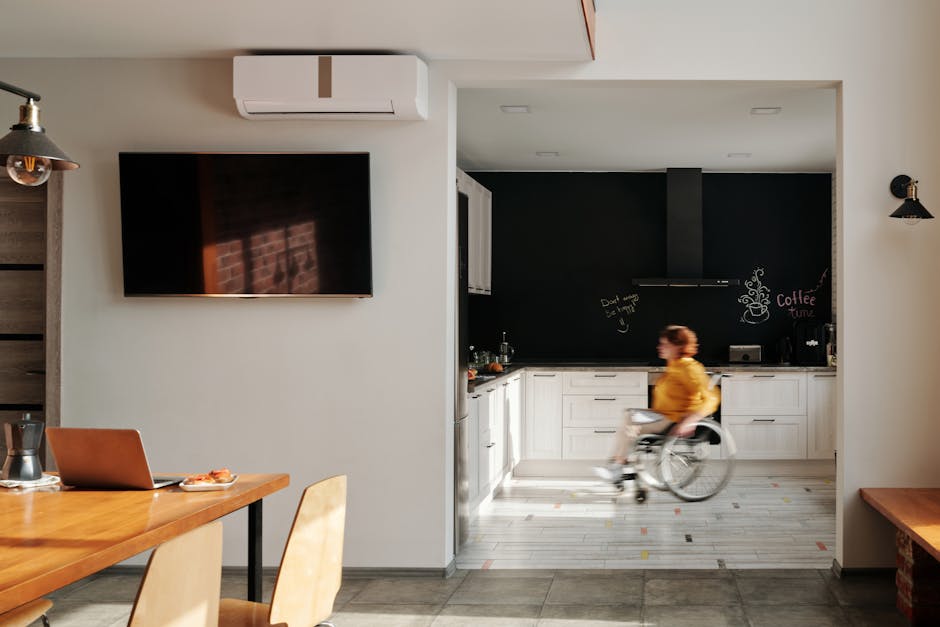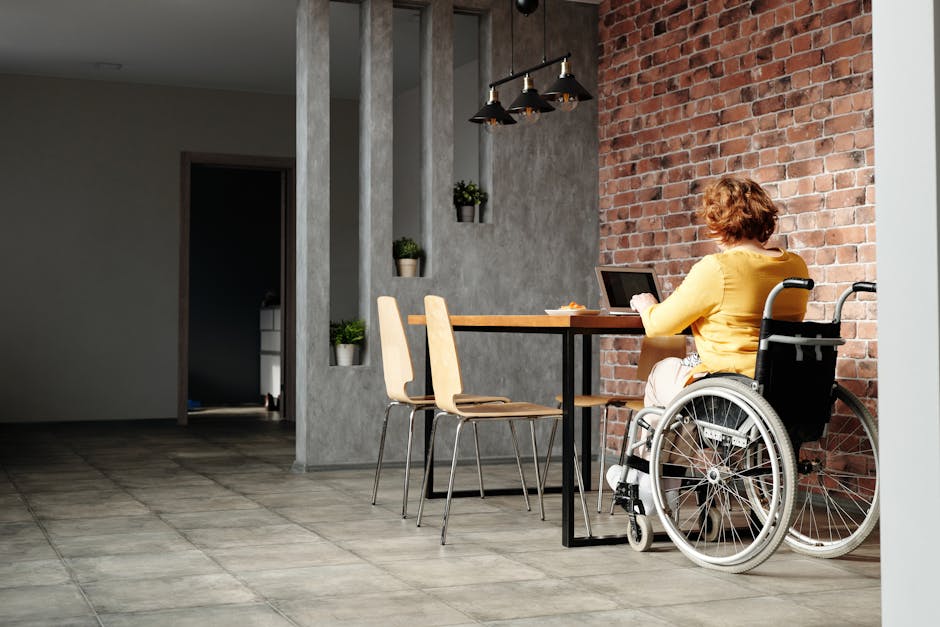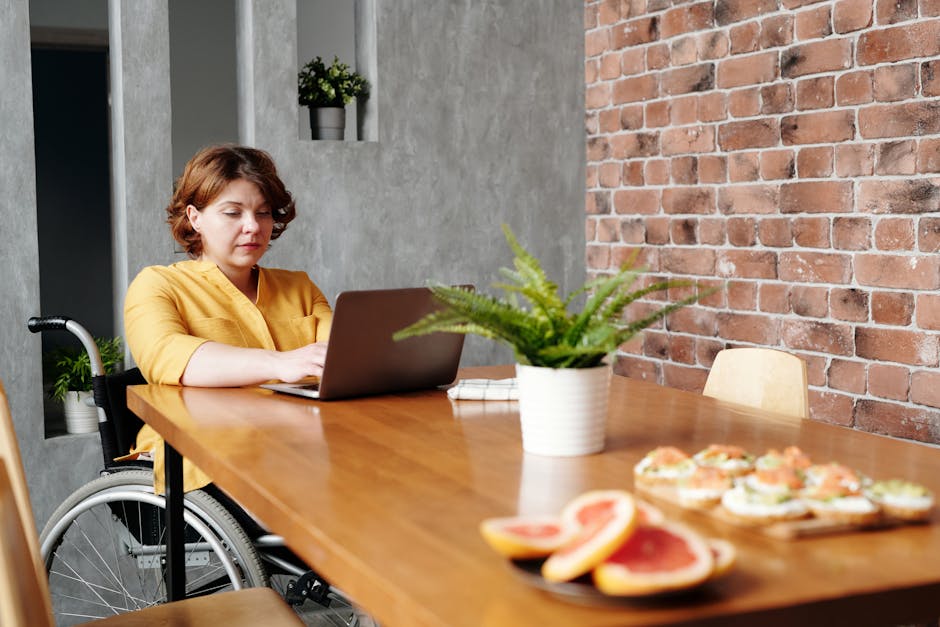Adapting Your Home for Wheelchair Access
Did you know that over 3.6 million people in the U.S. use a wheelchair? That number is growing every year. Making your home wheelchair-accessible doesnt just help those who need it; it can improve the quality of life for everyone who lives there. In this article, well explore easy steps to adapt your home for wheelchair access.

Why is Wheelchair Access Important?

Creating a wheelchair-accessible home benefits everyone. It ensures safety and comfort for those with mobility challenges. Plus, it allows family and friends to visit without barriers. In fact, more than 25% of adults over age 65 experience some form of mobility issue. Making your home accessible can make a significant difference in their lives.
What Are the Basic Steps for Wheelchair Access?

Adapting your home involves several key areas. Heres what to consider:
- Entrance: Ensure easy entry with ramps and wide doors.
- Hallways: Keep pathways clear and wide enough for a wheelchair.
- Bathrooms: Install grab bars and roll-in showers.
- Kitchen: Lower countertops and use pull-out shelves.
How Can You Create a Wheelchair-Friendly Entrance?

The entrance is the first thing people notice. Make it welcoming and accessible. Here are some tips:
- Add Ramps: A gentle slope is key. Ramps should have a 1:12 ratio (1 inch of rise for every 12 inches of length).
- Widen Doorways: Standard doors are often too narrow. Aim for at least 32 inches wide.
- Remove Obstacles: Keep the path to the door clear of furniture and decor.
Installing automatic door openers can also be a great help. This allows easy access without needing to push or pull doors.
What About Hallways and Living Spaces?

Once inside, it’s essential to keep hallways and living areas open and navigable. Heres how:
- Clear Space: Remove unnecessary furniture. Aim for at least 36 inches of clearance.
- Use Rugs Wisely: If you have rugs, ensure they are non-slip and flat to avoid tripping hazards.
- Choose the Right Furniture: Look for furniture with rounded edges to prevent injuries.
Planning ahead can save a lot of trouble. Think about how you move around your home. Would a wider path make things easier?
How to Make Bathrooms Accessible?
Bathrooms can be tricky when it comes to wheelchair access. Here are some ideas:
- Grab Bars: Install them near the toilet and in the shower. They provide stability.
- Roll-in Showers: Consider converting your bathtub into a roll-in shower to make bathing easier.
- Raised Toilets: Higher toilets can help with transfers from a wheelchair.
Adding a shower bench can also make the experience safer and more comfortable. Simple changes can lead to big improvements.
What Kitchen Modifications Can Help?
The kitchen is often the heart of the home. Making it accessible ensures everyone can enjoy cooking and dining. Here are some modifications:
- Lower Countertops: Aim for countertops that are 28-34 inches high.
- Pull-out Shelves: These make items easier to reach without stretching.
- Side-opening Ovens: They are easier to access than traditional models.
Consider using voice-activated appliances. They can make cooking and cleanup easier for everyone.
How Can You Ensure Safety Throughout the Home?
Safety is a top priority. Here are some steps to create a secure environment:
- Install Non-slip Flooring: Choose flooring that minimizes the risk of slipping.
- Use Smart Lighting: Ensure all areas are well-lit. Consider motion sensors for ease.
- Emergency Plans: Create an escape route that is accessible in case of emergencies.
Incorporating these safety features helps everyone feel secure in their home.
What Are Some Common Misconceptions?
Many people think adapting a home is too costly or complicated. However, it can be a lot simpler than you think. Here are a few myths debunked:
- Myth 1: Only people with disabilities need accessible homes. Fact: Everyone benefits from a safer environment.
- Myth 2: Modifications are always expensive. Fact: Many simple changes are affordable.
- Myth 3: Modifications are only for large homes. Fact: Small spaces can be adapted too!
Understanding these misconceptions can make the journey to an accessible home smoother.
Where Can You Find Resources for Home Modifications?
Many organizations offer guidance and resources. For instance, the National Institute of Child Health and Human Development provides helpful information. Local community groups may also offer support.
Consider reaching out to professionals who specialize in home modifications. They can provide tailored advice and planning.
What Are Some Final Takeaways?
Adapting your home for wheelchair access is not just about making changes; it’s about creating a welcoming environment for all. Here are some key points to remember:
- Start with entrances and pathways.
- Focus on safety and comfort in all rooms.
- don’t be afraid to ask for help from professionals.
- Remember, small changes can have a big impact!
With a few thoughtful modifications, you can create a home that’s accessible and enjoyable for everyone. Lets make our homes welcoming to all!

By taking these steps, you not only enhance accessibility but enrich the lives of those who live in and visit your home. Start planning your modifications today!



